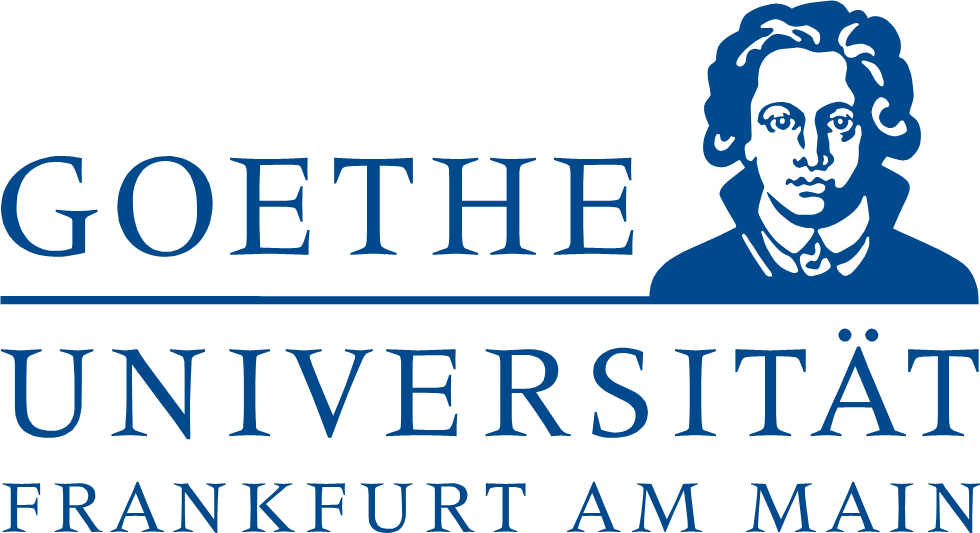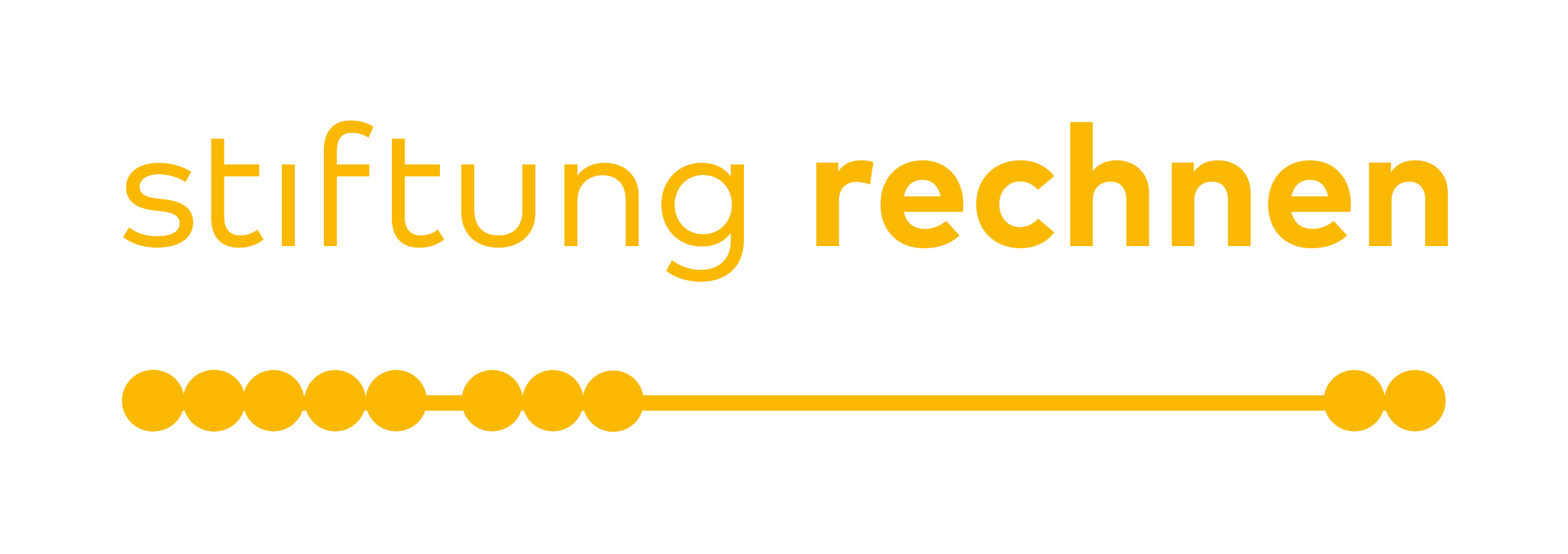Task of the Week: Chinese Multiplication
Our new assignment of the week shows how MathCityMap can support Distance Learning. In this interview, our student assistant Franzi Weymar explains how she uses MathCityMap in the context of the gifted education program “Junge Mathe-Adler Frankfurt”.
How do you use MCM with the math eagles?
The Junge Mathe-Adler Frankfurt are a project for mathematically particularly interested as well as gifted students. Normally, the students are offered the opportunity to deal with mathematical problems and topics outside of the school setting every two weeks at the Institute for Didactics of Mathematics and Computer Science at Goethe University Frankfurt. However, the pandemic situation this year required special circumstances, as the usual face-to-face sessions could not take place. Using the MCM platform, it was possible to design trails with thematically coordinated tasks for both home and outdoor use. This made it possible to offer the students a versatile and varied range of activities and to successfully implement extracurricular, mathematical support during this special time.
Describe your task. How can it be solved?
In general, the trail “Rechentricks für die Mathe-Adler” [engl.: “Calculation Tricks for the Mathe-Adler”], from which the task “Chinesische Rechenmethode_Aufgabe 1” [engl.: “Chinese Multiplication_Task 1”] is taken, deals with calculation tricks for fast multiplication.
The Chinese multiplication method is about multiplying two two-digit numbers together in a simple and quick way by visualizing them through a figure. The tens and ones digits are first mapped into corresponding numbers of slanted lines. By counting the intersections of the lines from left to right, the place values of the result can be read from the hundreds place to the ones place. In the task selected here, the students should now try to read off the result of the multiplication task shown (22-22) by counting the intersections and assigning them to the corresponding place values. The hints and the sample solution serve as help and explanation for the students to be able to solve the task or to understand it well. Previously, the Chinese multiplication was explained by means of an example task.
What can students learn here?
By working through the trail on the various calculation tricks, students can learn simple and quick procedures for solving multiplication tasks, which can also be useful to them in their everyday school life. In addition, the thematization of the cultural reference of the different arithmetic tricks promotes the examination of mathematical topics from other countries, because mathematics can be found everywhere.
To what extent can the MCM@home concept help organize homeschooling in mathematics?
Within the MCM@home concept, the Mathe-Adler team is offered the possibility of setting up a digital classroom in addition to the interactive learning setting for students. This means that at the same time as the Young Mathe-Adler session would normally take place in presence, a learning space, the so-called Digital Classroom, is activated for a selected time slot with the respective tasks. This ensures that we as the Mathe-Adler team can see the learning progress of the participating students in real time, can respond to questions and comments from the students during the session via the chat portal, and thus, despite the distance learning, there is a direct exchange with them. In addition, students always receive direct feedback on their learning success through hints and the sample solution provided. Homeschooling in mathematics can thus be organized in an appealing, versatile and simple way using the MCM@home concept.










